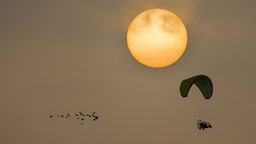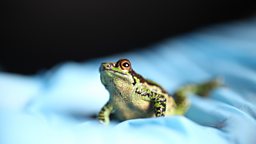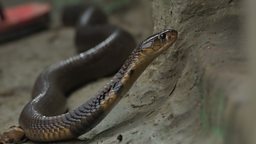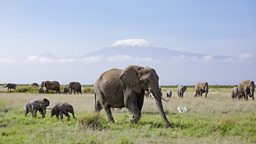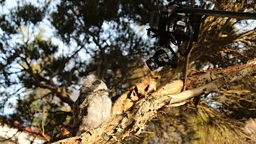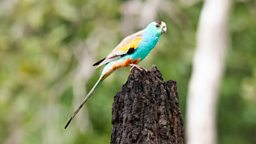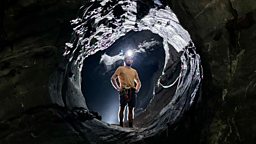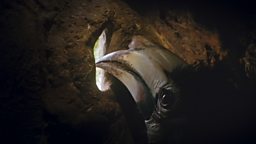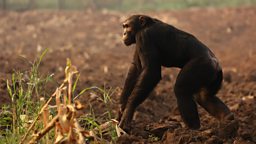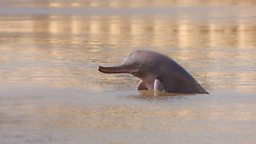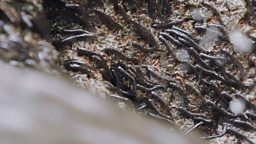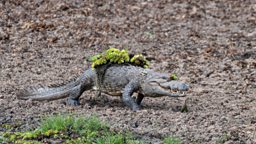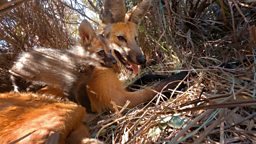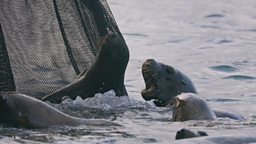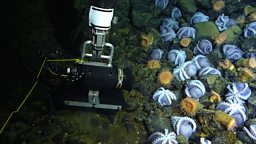Main content
Lighting the darkness in one of the world's largest caves
By Theo Webb, Producer/ Director for Extremes
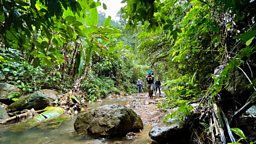
The Extremes crew had trekked for two days through steep valleys covered in lush jungle to reach Hang son Doong cave. Set deep inside Phong Nha-Ke Bang National Park, it is one of dozens of caves found in the region, with many more yet to be explored.
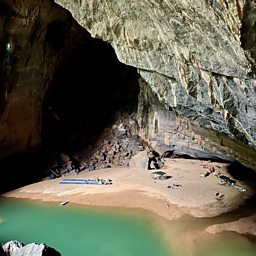
After the first day of trekking, the team set up camp in the vast opening of Hang En cave. If you look closely, you can see rows of tents on the sand bank. This gives some idea of the immense scale of this cave.
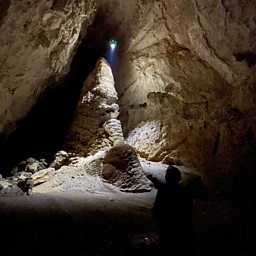
One of the great challenges of filming inside caves is lighting them. Modern cameras are now extremely good at filming in low light conditions, however to film underground in complete darkness, powerful lights were needed. To illustrate both the scale and the incredible features hidden in the darkness required innovative thinking. In this photo, a large drone (top middle) is lighting an enormous stalagmite approximately 20m high, while a second small filming drone (middle left) can be seen flying through the darkness to film the detailed rocky surface of the stalagmite. This ‘drone dance’ allowed us to reveal the beauty of underground world like never before.
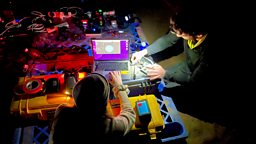
One of the greatest challenges was how to charge batteries and run computers and equipment two-hundred metres underground. A generator and makeshift ‘office’ on the rocky floor of the cave allowed the team to recharge their filming batteries and download footage each night.
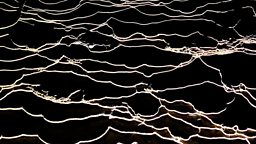
A filming light highlights the rocky ridgelines of rimstone as seen from above. Over millennia, these dams can become numerous as water flows down the gently sloping rock. In Hang son Doong there is huge variety of these rimstone formations. Some are metres wide and form gour pools full of water. And others are full of cave pearls – it truly is a place of many wonders.

Cameraman Luke Nelson looks for new camera angles in a natural hole in the rock. As one of the drone pilots, Luke was always looking for new places to fly the drone, however this one was considered too risky to fly through in the dark, even for an expert pilot!
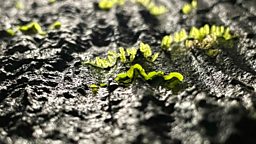
Inside Hang son Doong. The ridged rock, often features sharp pinnacles that ‘point’ towards the light and requires very specific environmental conditions to form. On some limestone rock faces that are exposed to light near to cave openings, Cyanobacteria can grow. These bacteria produce carbon dioxide which then dissolves in water to create an acid that etches away the limestone leaving sharp, needle-like pinnacles pointing towards the light. One of the many surprising examples of life that has evolved to survive in the Extremes!
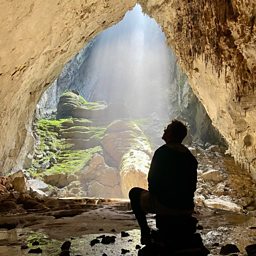
Veteran cave explorer and safety advisor Tim Fogg takes in the view of a lifetime. For just a few weeks a year, sunbeams shine two hundred metres down through a hole in the cave roof, illumining the underground world. Filming this natural lightshow successfully relied on it being a sunny day above ground, without any clouds to interfere. During the 18-day expedition, the team witnessed this event just once but managed to capture enough shots to reveal it in all its beauty.
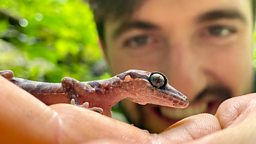
Thousands of years ago, parts of the roof of Hang son Doong collapsed creating a portal into the underground world. Over time, vegetation began to grow on the collapsed rock and now there is a unique underground forest, around 200 metres beneath the Earth’s surface. Animals were quick to colonise and now dozens of species are found living here, including this endemic gecko species.
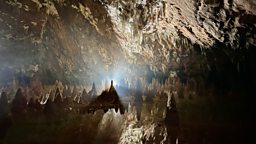
The rocky limestone hills of Phong Nha-Ke Bang National Park have a labyrinth of caves hidden beneath them. Discovered in 1992, Hang Va cave (pictured) is hydrologically connected to Hang son Doong and although much smaller, it hides a remarkable world. Hundreds of calcite tower cones stand in completely still water, the only movement being from water drops breaking the surface. When lit with filming lights, the cave is revealed in spectacular beauty with many people likening this otherworldly image to a view of outer space.
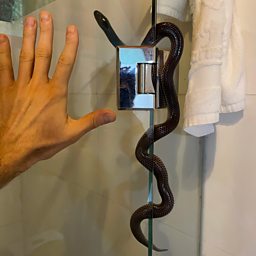
After 18 days underground, there was nothing more Producer Theo Webb was looking forward to than a nice hot shower. However, on arrival, Theo found a guest in his bathroom – a half metre snake – happily wedged in the shower door frame. After a quick internet search revealed it was unlikely to be one of the ‘top-10 dangerous snakes in Vietnam’ he initiated a rescue mission, carefully guiding the snake into a dry-bag (previously housing his cave socks) and then releasing it into the hotel grounds. His reward? That long awaited shower…
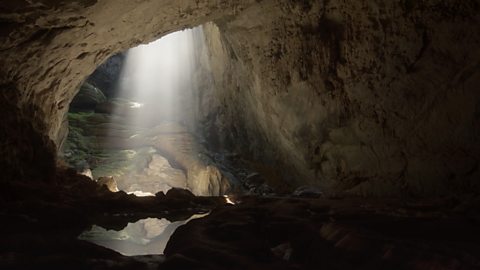
Hang son Doong: One of the greatest of natural wonders
In Vietnam, sunbeams cast light into what is thought to be the largest cave on Earth.

